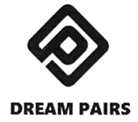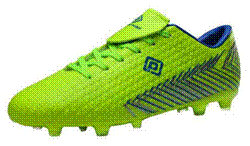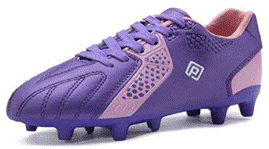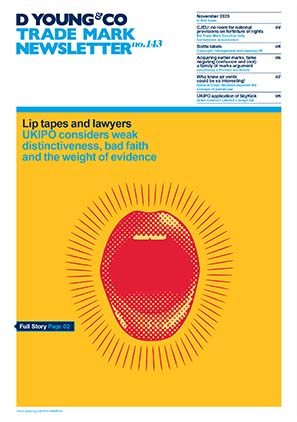Umbr-no: UK High Court finds Dream Pairs logo does not infringe Umbro trade marks
Umbro’s claim the Dream Pairs logo infringed its trade marks has failed on the basis of lack of similarity of the signs. In the High Court proceedings, Iconix Luxembourg Holdings SARL (Umbro) claimed that the Dream Pairs logo was an infringement of two of its registered trade marks (shown below).
Umbro’s Registered trademarks (the marks):


Dream Pairs logo (the sign):

Dream Pairs has been using the sign on football boots and other footwear in the UK since December 2018. Almost all of this use was via its Amazon UK website.


Umbro claimed that this use of the sign constituted trade mark infringement under sections 10(2)(b) and 10(3) of the Trade Marks Act 1994. Furthermore, it sought invalidation of two trade mark registrations obtained by a second defendant, Top Glory Trading Group Inc, which incorporated the sign. It was common ground that such actions would stand or fall with the infringement case.
Section 10(2)(b) likelihood of confusion claim
Despite the identity of the goods and the highly distinctive character and reputation of the Umbro marks, acquired through decades of use including on the kit of the 1966 World Cup winning England team, the judge held that this claim failed.
His reasoning was twofold. First, he found there to be at most a very low degree of similarity between Umbro’s marks and the sign. It was deemed that the average consumer would view the sign as a tilted square surrounding a P, which is sufficiently distinctive to distinguish the sign from the Umbro marks, which were described as pairs of elongated sideways diamonds.
Following this, the judge considered the context in which the sign was used. This context was the Amazon webpage on which Dream Pairs’ shoes were being sold. The page made regular references to Dream Pairs and none to Umbro. Given this, and the very low degree of similarity between the sign and the Umbro marks, it was held that that there was no likelihood of confusion on the part of the average consumer.
Section 10(3) reputational claim
The key to this claim was whether the average consumer would make a link between use of the sign and the marks. When considering this, the judge again found that whilst the goods concerned were identical or very similar, and the marks have a reputation and are distinctive, the very faint similarity between the marks and the sign would not give rise to a link. Therefore, the Section 10(3) claim also failed.
In the event that he was wrong on this point, the judge did consider whether Umbro had suffered any of the three relevant types of injury as a result of use of the sign.
In relation to detriment to the reputation of the marks, Umbro sought to argue that the Dream Pairs goods were cheap and of poor quality. Unfortunately for them, branding reports that they had relied on in establishing their target market also revealed that the word most strongly associated with the Umbro brand was cheap. Hence this argument failed.
There was also found to be no evidential or rational basis for there being a risk of detriment to the distinctive character of the marks due to use of the sign.
Finally, when considering whether use of the sign took unfair advantage of the reputation of Umbro’s marks, the judge, again citing the association of the Umbro brand with the word cheap, found that the marks did not enjoy any special reputation as to “fit, durability or performance” that could be taken advantage of. In addition to this, Umbro failed to show that any of Dream Pairs’ conduct was unfair.
In short
This case reaffirms the importance of using evidence that supports the full narrative of a claim, otherwise claimants run the risk of shooting themselves in the foot, as happened here.
Jurisdiction: England & Wales
Decision level: High Court
Parties: Iconix Luxembourg Holdings SARL and (1) Dream Pairs Europe Inc (2) Top Glory Trading Group Inc
Date: 28 March 2023
Citation: [2023] EWHC 706 (Ch)
